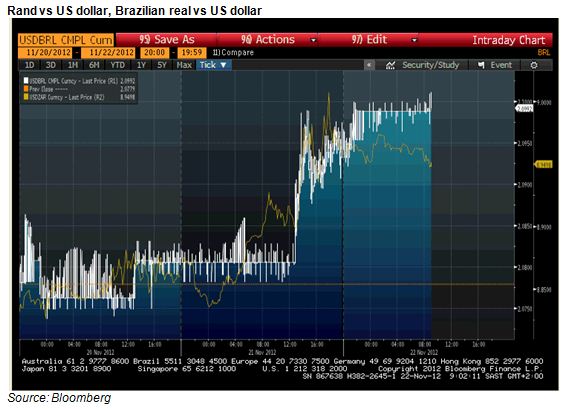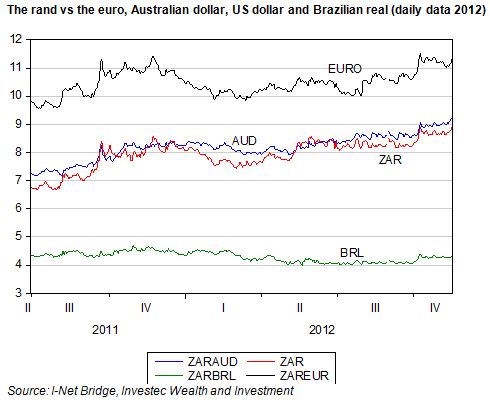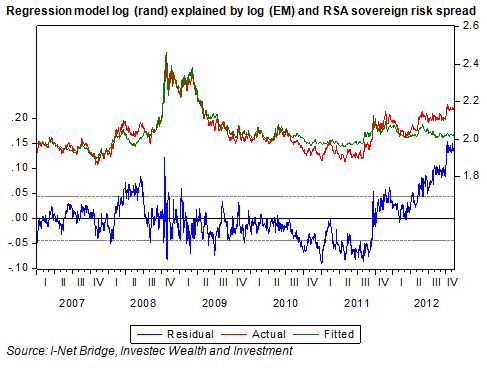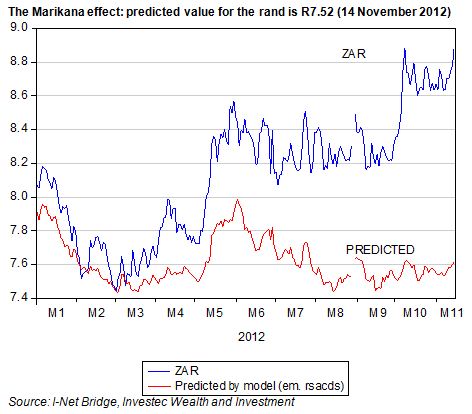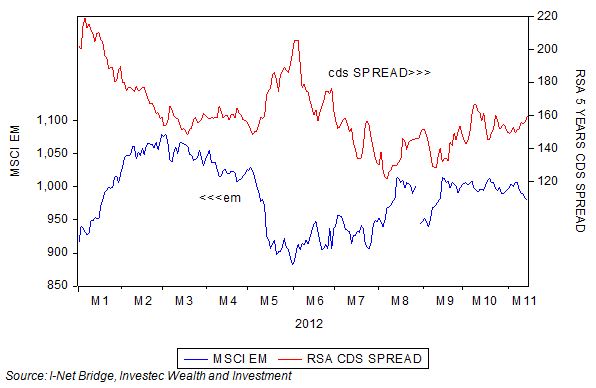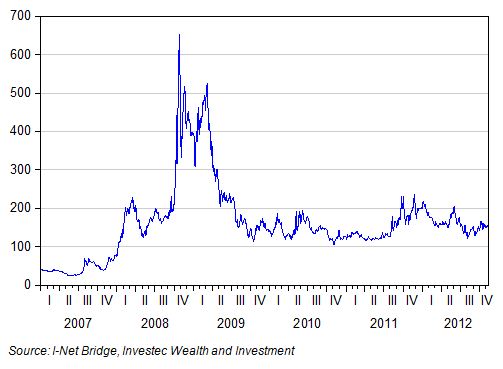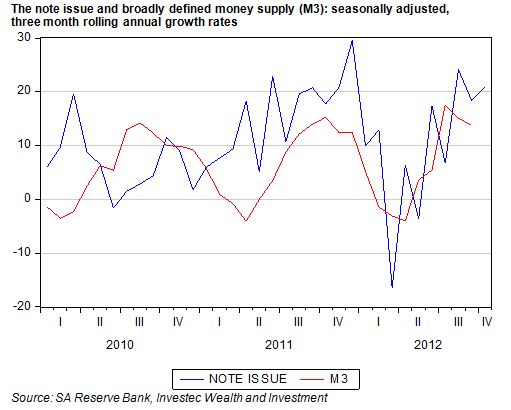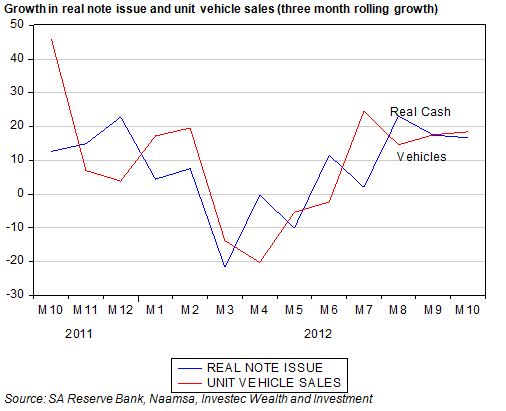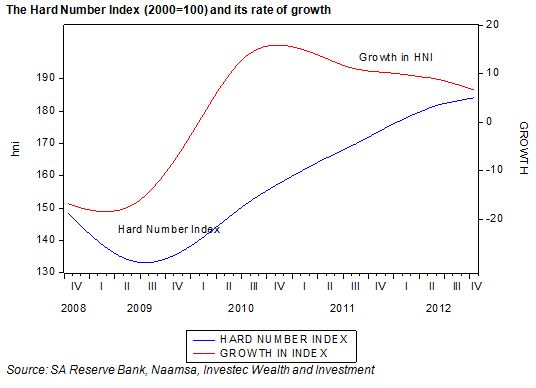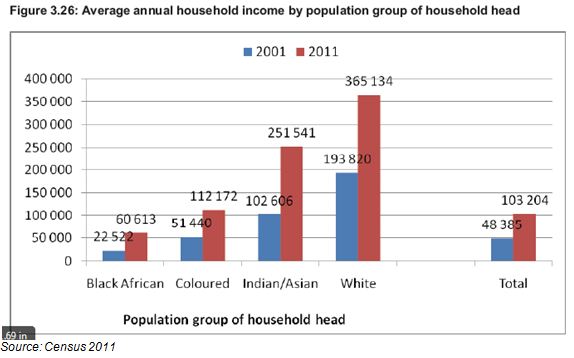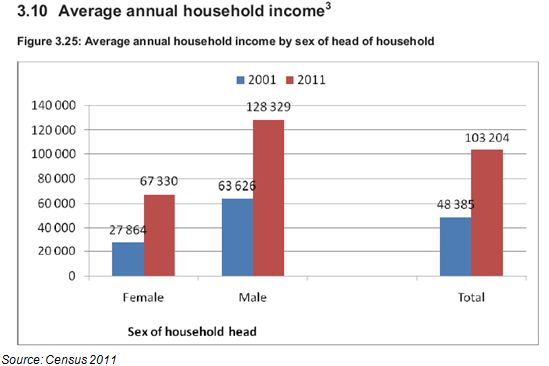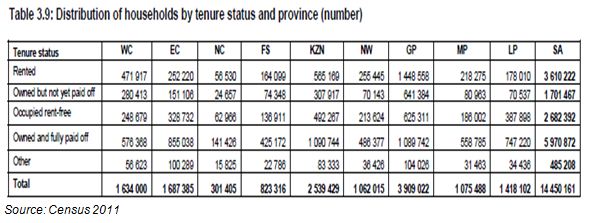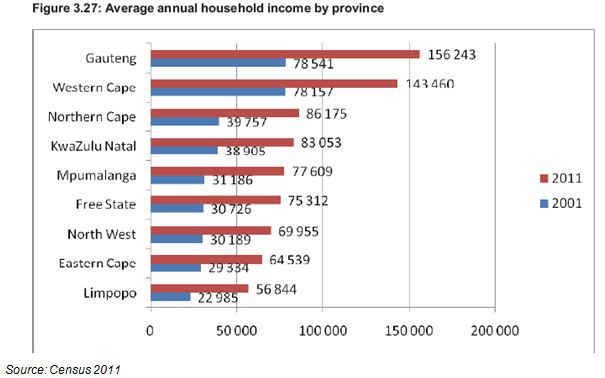In our last edition, we argued that Eskom’s request for price increases, if agreed to by the regulator, would provide Eskom and its shareholder (the Republic of SA), with an unnecessarily high return on capital, some 8% per annum after inflation. We go into some of issues in more detail today, notably the use of depreciation allowances in setting prices.
We indicated that this expected return is more than twice the international norm and that if Eskom gets its way it will possess a very strong balance sheet by 2018.
The key is that this balance sheet strength can only come at the expense of its customers. As we have argued, the right prices for electricity for SA are those that would generate a 4% real return on the extra capital Eskom will be investing in new generating and distribution capacity. Such returns would put the economics of electricity pricing first and would make the state of Eskom’s balance sheet very much a secondary consideration. Moreover, it would still leave its balance sheet in a highly acceptable state for the low risk business it is.
The logic of the investment decision
All projects requiring an investment of scarce capital that offer a positive present value, given some appropriately estimated cost of capital, or discount rate, should ideally be undertaken in the interest of economic growth and efficiency. One of the primary principles applied to the decision as to whether or not to proceed with a project, be it a green-field project or an acquisition of another company, is that the economic and financial decisions should be separated.
The first question to be answered by any agency contemplating investing capital is the economic one. After estimating the extra revenues and operating costs related to the project it can be established whether or not the present value (PV) of these estimated operating cash flows exceeds the intended capital expenditure, given its cost of capital or required risk adjusted return (the discount rate). If the answer is affirmative the next question can be addressed: How best should the project be financed? When extra capital has to be raised from the market place it is the suppliers of capital that will decide whether the project that seems so promising to its originators can in fact go ahead.
At this point in the evolution of the planning process for additional capital expenditure judgments about the structure of the capital to be raised can be made. The presumed riskiness of the project and the strength of the balance sheet will influence the cost of raising additional debt finance. Also relevant will be the tax treatment of the project. Allowances for interest and especially depreciation expenses or investment allowances will make a difference to taxes levied and after tax returns. The firm and the market will compare the after tax, risk adjusted returns of this project with its next best, equally risky, alternative. Clearly if the internal rate of return (derived from operating cash flows) from a project with a limited economic life exceeds the interest cost of debt plus debt to be repaid over the same period, leverage will add to operating profits after taxes.
Why the depreciation allowance should not be regarded as a cost to be covered by regulated prices
A further important point that seems to be disregarded by both Eskom and Nersa is that depreciation allowances are not a cash cost of production. They do however affect taxes paid and bottom line accounting earnings and after tax returns. When estimating the PV of any project these depreciation allowances should not be deducted from operating cash flow when a project is accorded a limited economic life.
Allowing for depreciation on top of maintenance costs would clearly reduce the PV of the cash operating surpluses expected over the economic life of the project. A regulator including depreciation as a cost of production may then allow higher prices to be charged to achieve positive PV projects. This treatment of depreciation as a cost to be recovered in prices would represent a logical fallacy.
Economic depreciation is implicit in the economic life accorded to any project. The shorter the life allowed a project the lower the PV of the cash flows and so the faster the capital is being written off and vice versa: the longer the economic life the greater the present value of any flow of operating cash. It is simply wrong to add depreciation to operating costs when present valuing any project with a limited economic life. It leads to underestimates of PV and so fewer projects qualifying with a PV that exceeds their capital costs. When prices are set by a regulator, it leads to unnecessarily higher prices.
Eskom asks for more than ordinary depreciation allowances – it asks for cost and price inflating replacement cost depreciation
Eskom however has another trick up its accounting sleeve. It argues that the costs it is required to cover with prices include not only conventional depreciation for accounting purposes but so called replacement cost depreciation: a depreciation allowance of 10% p. a. This is applied to the capital equipment employed that is continuously revalued by their higher, inflation augmented, costs of replacement by new equipment .This gives a much higher value for the capital employed and so a much much higher depreciation charges (Eskom hopes) to be recovered through higher prices.
When estimating present value and finding projects with a present value that exceeds their cost depreciation allowances should not be included in costs to be recovered
It should be recognised that depreciation allowances should have no place in the regulator’s calculation. The right price for electricity is the price that would allow revenue to cover all cash operating costs plus the right return on capital – no more than 4% real – on additional electricity generating or distribution capacity that Eskom plans to invest in. Prices set by the regulator should be set to yield a positive PV using this 4% real discount rate (before taxes). If Eskom can justify such projects (which it surely can) then such projects should be financed with a high ratio of debt finance. Brian Kantor
